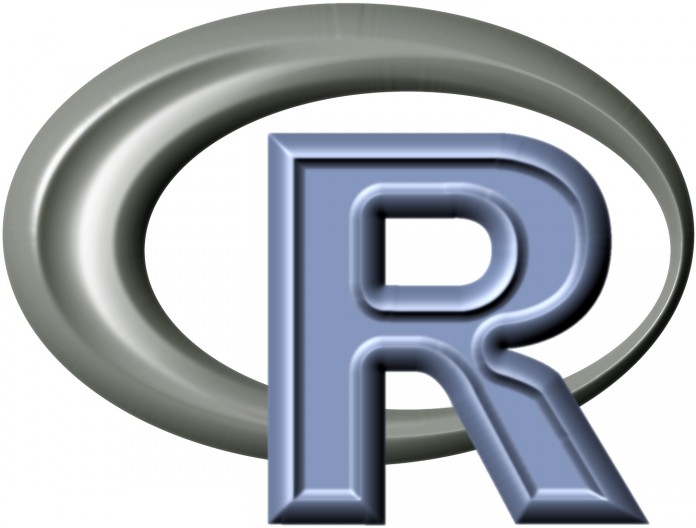
Visualize Univariate Data – Display Missing Data in R
In R, when working with datasets, it is important to be aware of missing data, as it can affect the accuracy of any analysis or predictions. To visualize missing data in R, there are several methods available.
One common method is to create a missing data matrix, which is a table that shows the number or percentage of missing values for each variable in the dataset. To create a missing data matrix in R, you can use the missingdata() package and the md.pattern() function.
Another method is to use visualizations such as a barplot() or dotchart() to show the number of missing values for each variable. This can help to identify which variables have a high percentage of missing values and may need further attention.
Another useful visualization is using the ggplot2 package and the geom_bar() function to create a bar chart of missing values. This makes it easy to identify variables that have a lot of missing values and can help in deciding which variables to keep or discard in the analysis.
In summary, when working with datasets in R, it’s important to be aware of missing data as it can affect the accuracy of any analysis or predictions. To visualize missing data in R, you can create a missing data matrix using the missingdata() package, use visualizations such as barplot() or dotchart() to show the number of missing values for each variable, or use the ggplot2 package to create a bar chart of missing values, which can help to identify variables that have a high percentage of missing values and may need further attention.
In this Applied Machine Learning & Data Science Recipe (Jupyter Notebook), the reader will find the practical use of applied machine learning and data science in R programming: Visualize Univariate Data – Display Missing Data in R.
Visualize Univariate Data – Display Missing Data in R
Disclaimer: The information and code presented within this recipe/tutorial is only for educational and coaching purposes for beginners and developers. Anyone can practice and apply the recipe/tutorial presented here, but the reader is taking full responsibility for his/her actions. The author (content curator) of this recipe (code / program) has made every effort to ensure the accuracy of the information was correct at time of publication. The author (content curator) does not assume and hereby disclaims any liability to any party for any loss, damage, or disruption caused by errors or omissions, whether such errors or omissions result from accident, negligence, or any other cause. The information presented here could also be found in public knowledge domains.
Learn by Coding: v-Tutorials on Applied Machine Learning and Data Science for Beginners
Latest end-to-end Learn by Coding Projects (Jupyter Notebooks) in Python and R:
Applied Statistics with R for Beginners and Business Professionals
Data Science and Machine Learning Projects in Python: Tabular Data Analytics
Data Science and Machine Learning Projects in R: Tabular Data Analytics
Python Machine Learning & Data Science Recipes: Learn by Coding